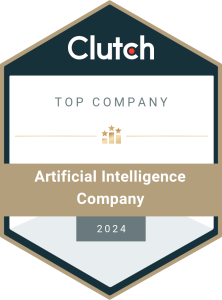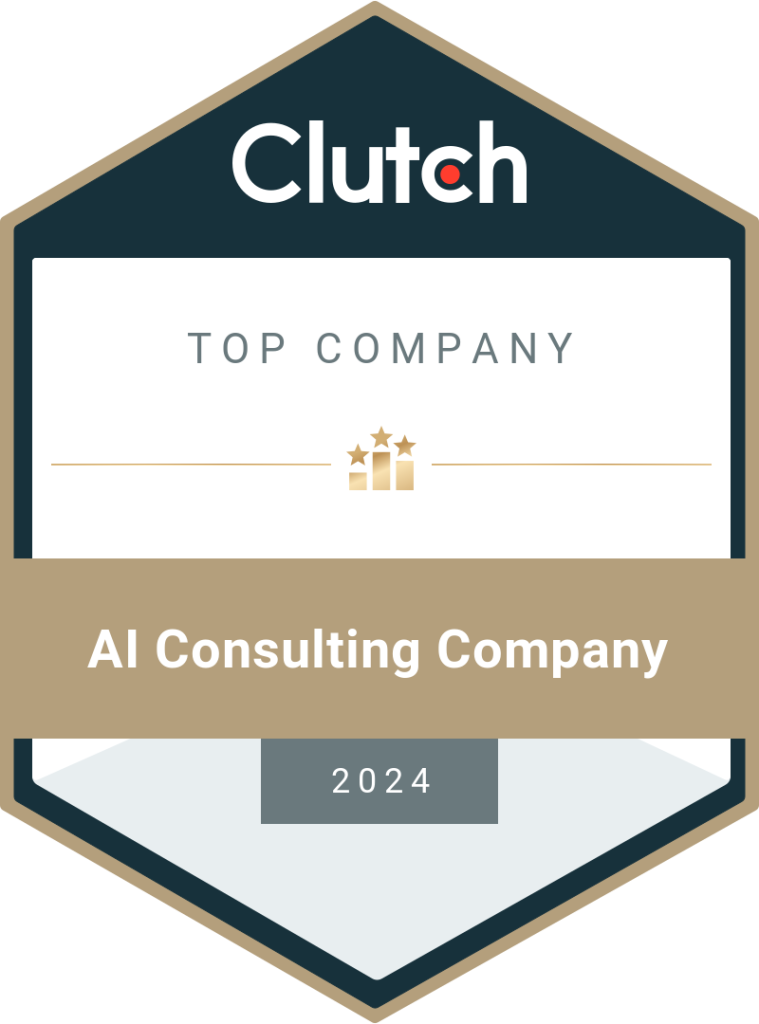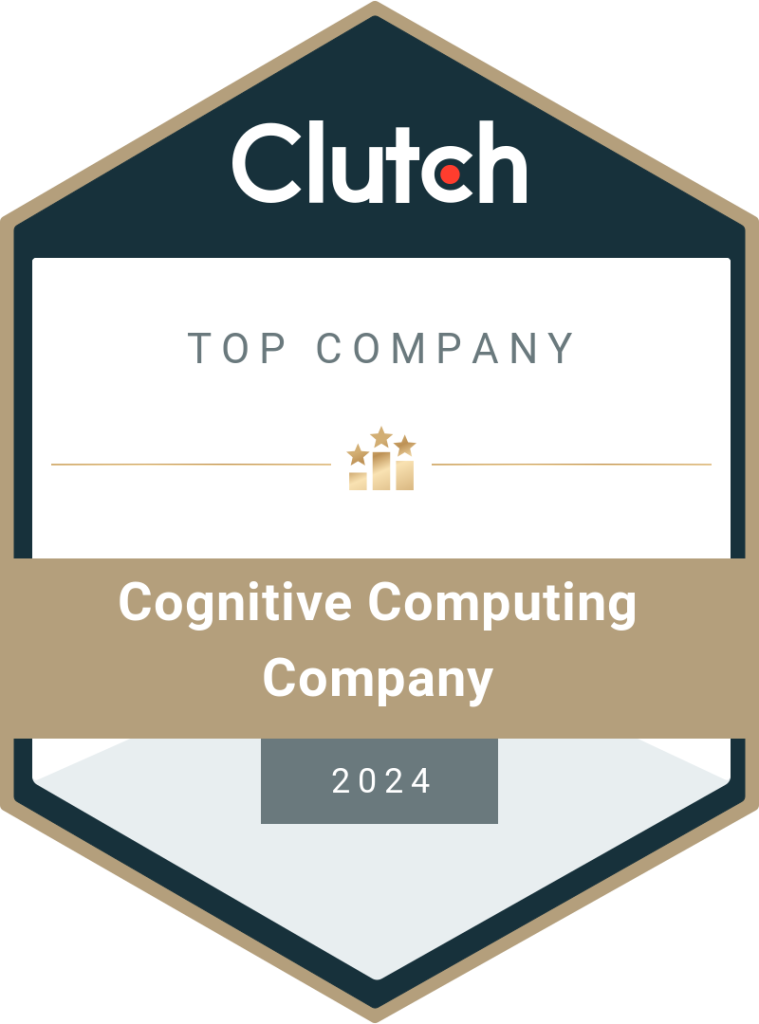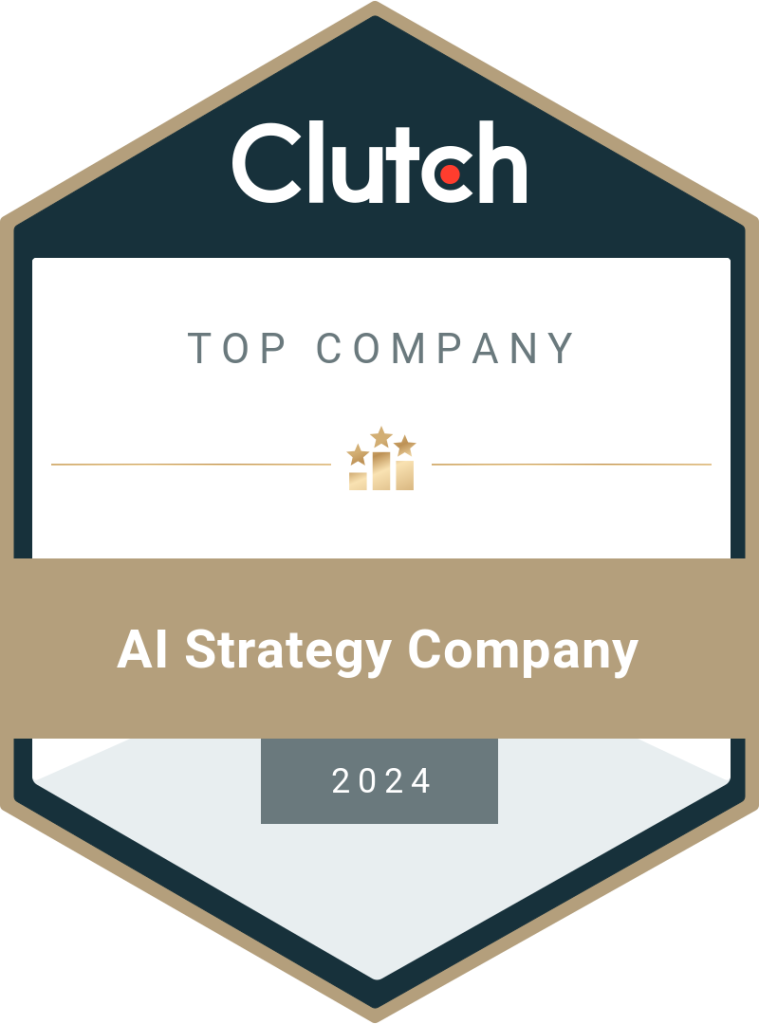15+ Next Gen ML Engineering Companies – The 2025 Watchlist
Be it Azure data engineering or AWS IaaS solutions, managing the ML model lifecycle is crucial for businesses to derive actionable insights. Here, we’ll discuss the top fifteen ML engineering companies, businesses can partner with in 2025 to optimize their data-driven models. Machine learning is part of artificial intelligence and involves algorithms that support an application or a model. Businesses that invest in AI also use machine learning, data engineering, cloud solutions, and other relevant technologies to transform their processes digitally and vertically. The global ML engineering market is expected to be $79.29 billion in 2024 and reach $503.40 billion by 2030 at a CAGR (compound annual growth rate) of 36.08%. According to Fortune Business Insights, the global MLOps market size was $1,064.4 million in 2023 and is expected to reach $13,321.8 million by 2030 at a CAGR of 43.5%. According to the Business Research Company, North America is the largest region driving growth in the MLOps market. Straits Research says that North America is the dominant region in MLOps adoption with a 45.2% market share. More statistics show that 57% of businesses use machine learning to enhance customer experience, while 49% use it in sales and marketing. Additionally, 48% of businesses worldwide use ML models and technologies in some form. Like other advanced technologies, machine learning requires expert talent and skills. Enterprises should hire ML engineers, data scientists, data analysts, etc., to build, develop, and maintain machine learning models in their business. Since starting from scratch is cost-intensive, organizations can partner with ML engineering companies to gain access to the required talent and technologies. Working with a certified service provider reduces the risk of losses and increases the success rate. In this blog, we’ll learn more about MLOps and the top fifteen companies offering this service in 2025. What is ML Engineering? Machine Learning (ML) Engineering is short for machine learning operations, a practice set that simplifies and automates ML workflows. It is the central function of machine learning engineering and deals with the development, deployment, monitoring, and maintenance of various ML algorithms and models that support business operations. MLOps is not an independent activity but a collaborative practice that includes data science, DevOps, data engineering, data analytics, and more. It is useful in many ways. A few examples of machine learning engineering include demand forecasting, automation, product recommendations, sentiment analysis, measuring customer lifetime value, etc. In North America (USA), ML engineering is an integral part of data engineering. During the last few years, there has been a 74% annual growth in demand for ML and AI-related roles. The demand will continue and grow by 40% between 2023 and 2027. The average pay of an MLOps engineer is $100K per year, making it a lucrative option for IT professionals. Meanwhile, organizations are actively partnering with experienced service providers to make the most of their data engineering and MLOps services. The BSFI industry has the highest share of MLOps (over 18%) for fraud detection, yield management, preventive maintenance, etc. Businesses will find it convenient and cost-effective to build, deploy, and maintain the MLOps frameworks on cloud platforms like Azure, AWS, and Google. This also empowers the organization during its digital transformation journey and reduces the pressure of maintaining the expensive IT infrastructure on-premises. The machine learning lifecycle is complex and includes many stages, starting from data ingestion (feeding data to the algorithm). This requires a team effort from experienced professionals and strict regulations to ensure the models work accurately and provide reliable results. Additionally, the ML models have to be continuously monitored to improve the process and enhance the outcome. Since data is the core of AI and ML models, organizations should hire companies that offer end-to-end data engineering services along with MLOps solutions. Next-Gen ML Engineering Companies To Watch Out For! DataToBiz DataToBiz is among the best ML engineering companies offering end-to-end and tailored AI and ML solutions for startups, SMBs, and large enterprises from different parts of the world. The company is a certified partner of Microsoft (Gold), AWS, and Google. It provides customized cloud development and transformation services, along with artificial intelligence consulting, data warehousing, data analytics, etc. With guaranteed NDA and IP protection, the company ensures the client’s confidential data remains safe. Businesses can achieve flexibility, scalability, and agility in their workflows by partnering with the company. DataToBiz relies on advanced and effective MLOps technologies to streamline, automate, manage, and continuously improve the machine learning models in an enterprise. Businesses can make accurate and proactive data-driven decisions in real-time and achieve success. Fractal Analytics Fractal Analytics is on the leading ML engineering companies list of USA-based service providers. It helps clients bridge the gap between machine learning development and enterprise production development by optimizing internal processes. The company manages everything from data collection to model training and deployment, long-term maintenance, and regular upgrades. By automating the deployment of ML models, the professionals create a streamlined solution that sustains the data-driven models in an enterprise. Since continuous training and continuous monitoring are a part of MLOps, businesses can be assured of developing a reliable machine learning model to analyze large amounts of historical and real-time data. Fractal Analytics offers MLOps services in three ways – building MVP, staff augmentation, and full project. Tiger Analytics Tiger Analytics is an AI and analytics service provider that helps businesses solve various challenges hindering their growth. The company uses the best MLOps tools to make sure the AI and ML models deliver accurate and reliable results throughout their lifecycle. Be it faster development cycles, seamless fine-tuning, continuous improvement, or robust maintenance, the company takes care of everything. It follows the engineering best practices to build, deploy, test, maintain, and monitor the machine learning models for different departments and verticals in an enterprise. Tiger Analytics offers MLOps as a strategy and a service alongside DevOps as a service through public and private cloud platforms. It builds powerful cloud-native apps for businesses to make real-time decisions. Genpact Genpact is a software and
Read More





